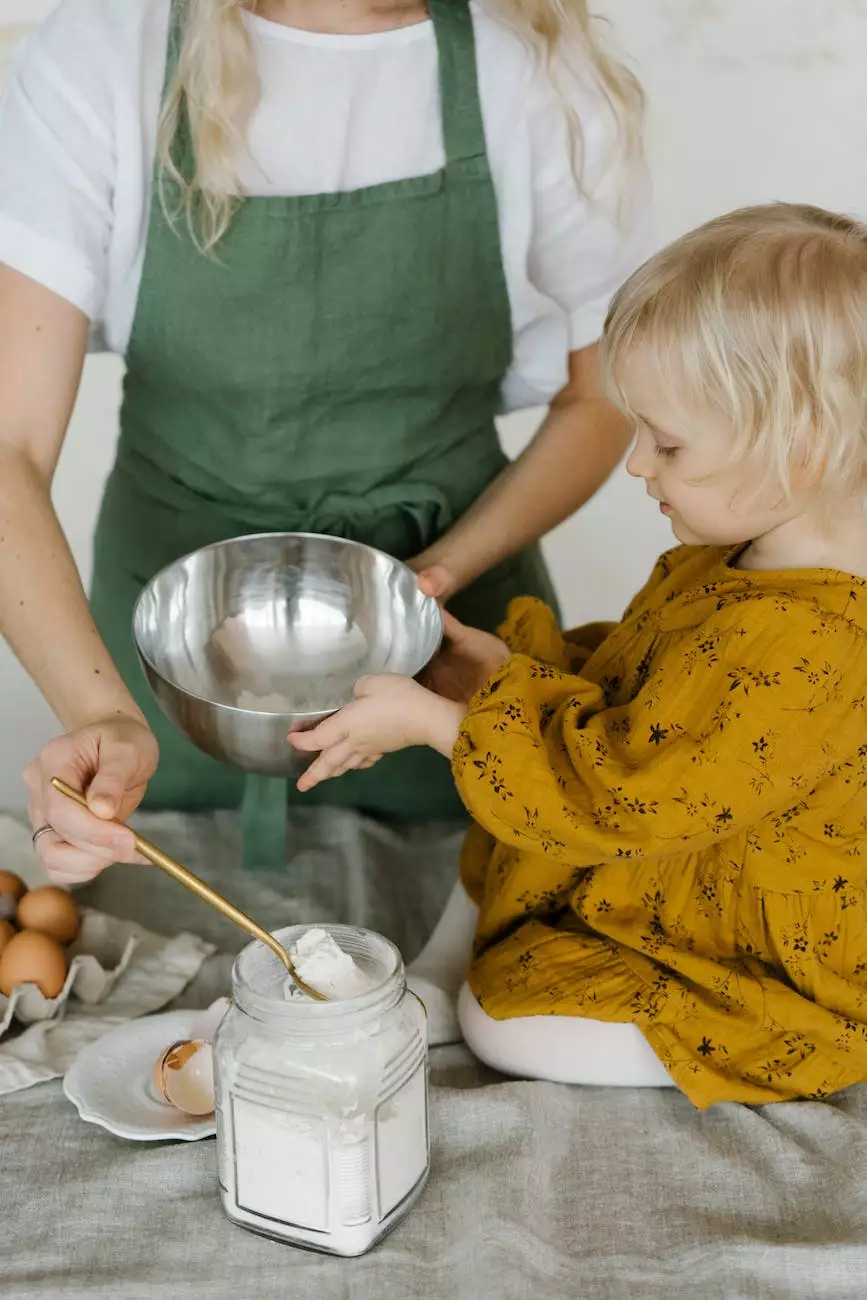10 Phrasal Verbs For Cooking
English Vocabulary Lessons
Introduction
Welcome to NJCLT's Happy English Podcast, where we strive to provide valuable learning resources to improve your English language skills. In this episode, we will dive into the fascinating world of cooking with 10 commonly used phrasal verbs. Understanding these phrasal verbs will help you express yourself more fluently when talking about cooking and food preparation. Let's get started!
1. Heat Up
When cooking, it's essential to heat up your ingredients to the desired temperature before proceeding. You can heat up a pan, heat up water for boiling, or even heat up leftovers in the microwave. Remember to be cautious while heating up food, as temperature control is crucial for achieving the desired culinary results.
2. Mix In
Once your ingredients are properly heated up, it's time to mix in additional flavors or components. Whether it's adding spices to a curry, blending in vegetables for a stir-fry, or incorporating butter into a cake batter, knowing how to mix in ingredients is essential for well-rounded and flavorful dishes.
3. Bring To A Boil
Boiling is a common cooking technique used in various recipes. To bring a liquid to a boil, you need to heat it until it reaches its boiling point. This process is often used for preparing pasta, cooking soups, or boiling vegetables. Being able to bring a pot of water to a boil efficiently is a fundamental skill in the kitchen.
4. Mash Up
Mashing up ingredients involves mashing or crushing them to create a smooth and consistent texture. This technique is typically applied to potatoes when making mashed potatoes, but it can also be used for fruits like bananas in dessert recipes. Remember to mash up the ingredients until the desired consistency is achieved.
5. Simmer Down
Simmering is a cooking method where the heat is kept low, allowing flavors to meld and intensify over time. If a recipe calls for simmering, you'll need to reduce the heat and let the mixture simmer down slowly. This technique is often used in stews, sauces, and braised dishes to enhance the depth of flavors.
6. Slice Up
Slicing up ingredients is a basic yet essential skill in cooking. Whether you're slicing up onions for a stir-fry or cutting fruits for a salad, knowing how to slice up ingredients properly ensures consistency in cooking and attractive presentation. Practice your knife skills to slice up ingredients with precision.
7. Pour In
Pouring in ingredients refers to adding liquids or other components into a dish. You might pour in a cup of milk while baking, pour in a sauce over pasta, or pour in oil for frying. Make sure to pour in the right amount and at the appropriate stage to achieve the desired taste and texture.
8. Dress Up
When it comes to plating a dish, you can dress up the final presentation. This involves arranging the food appealingly and adding garnishes or sauces for an extra touch of elegance. As they say, we eat with our eyes first, so take the time to dress up your dishes and make them visually enticing.
9. Whip Up
If you're in a hurry or want to surprise your guests with a quick treat, you can whip up a simple yet delicious dish. Whipping up refers to preparing something swiftly and effortlessly. You can whip up a salad dressing, whip up a creamy dessert, or even whip up a refreshing beverage. Let your creativity shine while whipping up culinary delights.
10. Sprinkle On
The final step of adding some finishing touches to your dish is to sprinkle on various ingredients. Whether it's a sprinkle of herbs, grated cheese, or a dusting of powdered sugar, sprinkling on these elements provides a burst of flavor, texture, and visual appeal. Enhance your dishes with the perfect sprinkle on addition.
Conclusion
Learning these 10 phrasal verbs for cooking will undoubtedly expand your culinary vocabulary and enable you to express yourself more confidently in the English language. NJCLT's Happy English Podcast hopes to provide you with valuable resources to improve your language skills while exploring different aspects of cooking. Start incorporating these phrasal verbs into your culinary conversations and watch your language skills soar in the kitchen!
Remember, the best way to master these phrasal verbs is through practice and hands-on experience. So, get cooking, experiment with new recipes, and have fun while honing your English language skills. Visit NJCLT's website for more exciting episodes, language learning tips, and resources. Happy cooking!










